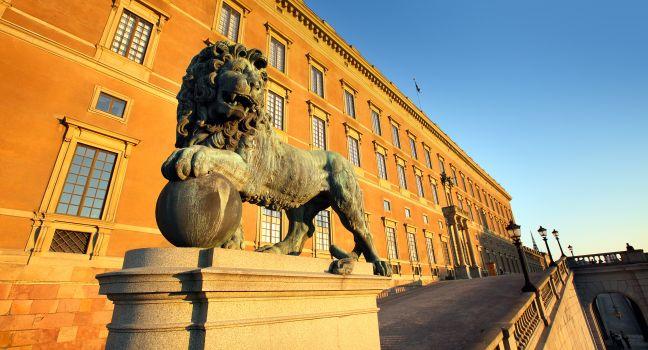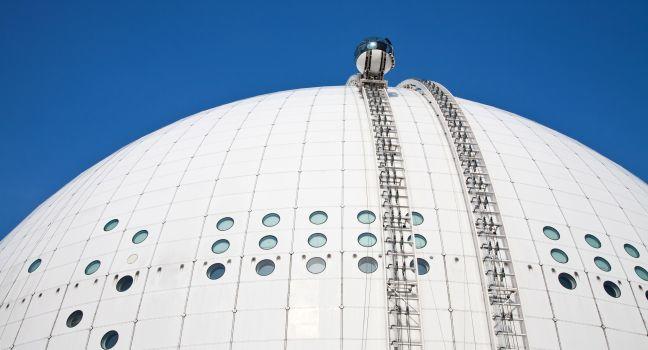Domkyrkan
Lund's Domkyrkan, consecrated in 1145, is a monumental gray-stone Romanesque cathedral, the oldest in Scandinavia. Since the Reformation it has been Lutheran. Its crypt has 23 finely carved pillars, but its main attraction is an astrological clock, Horologum Mirabile Lundense, dating from 1380 and restored in 1923. The "Miraculous Clock of Lund" depicts an amazing pageant of knights jousting on horseback, trumpets blowing a medieval fanfare, and the Magi walking in procession past the Virgin and Child as the organ plays In Dulci Jubilo. The clock plays at noon and at 3 Monday–Saturday and at 1 and 3 on Sunday. The oldest parts of the cathedral are considered the finest Romanesque constructions in Sweden. English and Swedish tours are available.






